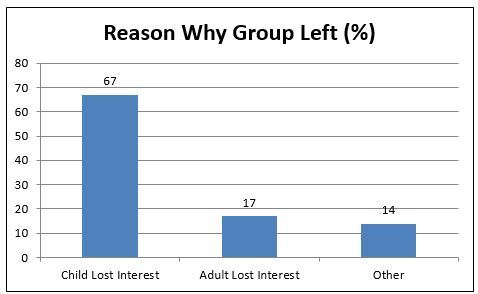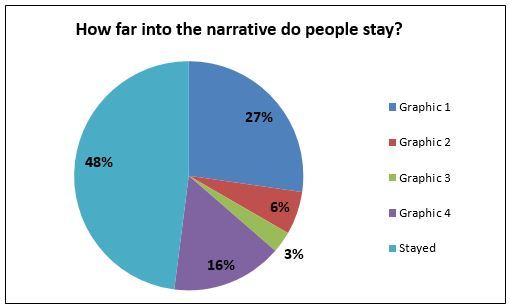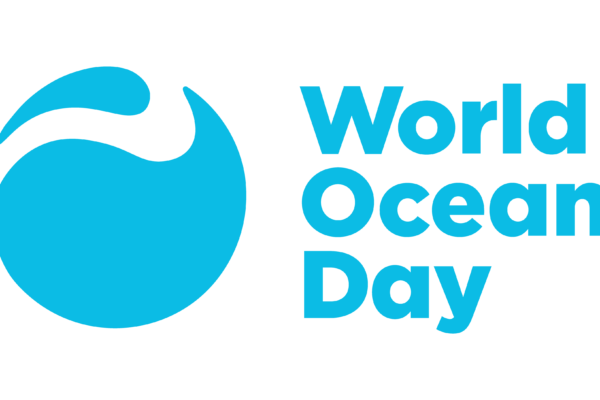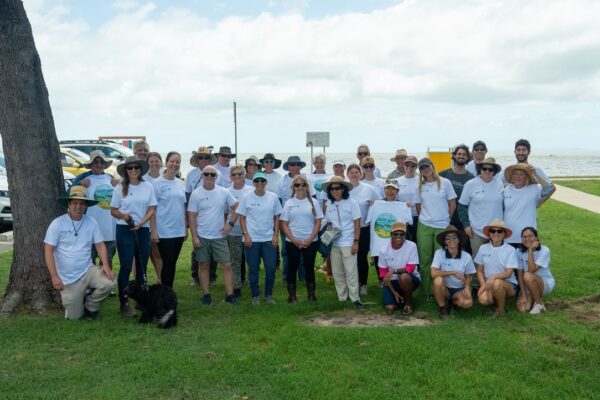This guest post by Wei Ying Wong of Philadelphia Zoo is the second in a 3-part series on Philadelphia Zoo’s Innovative Solutions Grants+ project. They’re exploring a new way of evaluating long-term conservation behavior change, specifically home energy use, in visitors to the zoo’s KidZooU exhibit.
Hi! Welcome to our coral reef exhibit. Are there animals you recognize in here? Can you find Nemo? Clownfish like Nemo and many other species of fish depend on a very special type of habitat called coral reefs.
In recent months, visitors to Philadelphia Zoo’s KidZooU (KZU) have been greeted with an opportunity take action to “Save Energy to Save Nemo” when they approach our coral reef exhibit.
As discussed in our previous blog, we are capitalizing on a prime opportunity to communicate about ocean acidification at our coral reef tank. While our ultimate goal remains one of testing how well we use onsite conservation messaging to affect offsite behavioral change, we’ve found that getting those permissions and systems in place is a challenge. So to date we’ve focused on fine-tuning our messaging while asking visitors to pledge to reduce their home energy consumption. Early in the new year, our hope is to go one step further with our local visitors, asking not only for a pledge, but for permission to track their home energy usage!
Asking for a pledge
Our intended audience has been mixed age groups based on the research finding that children can be key influencers on household decision-making, and, fortunately, mixed age precisely describes most of the visitor groups to KZU. When visitor groups approach the coral reef tank, a zoo interpreter engages them in a conversation about the reef and other organisms in exhibit using strategic framing techniques that help visitors understand climate change and ocean acidification by overcoming traditional barriers and cuing people to think productively about solutions (see National Network of Ocean and Climate Change Interpreters for more details).
On concluding the interpretation, we ask visitors to take a pledge to reduce their household energy consumption (“Save Energy to Save Nemo”), with children “signing” the pledge on behalf of their families by inking their fingerprint on a clownfish cut-out.
Initial Findings
To date, we have monitored our engagements with more than 600 people (in a total of 198 groups, with group sizes that varied from 1 to 12 people). Here are our preliminary findings:
KZU visitors are open to a conservation message, provided there is no language barrier
Almost three-quarters (73%) of the total number of groups stayed for at least a portion of the narrative. If they stayed through the first section, they were highly likely to stay on for the entirety of the message. While all visitors appeared to be generally happy when our interpreters approached them, we were not able to engage with about 5% of our visitors on account of the language barrier. Moving forward, we would like to include interpretation in other languages, especially as The Ocean Project’s market research indicates that households where English is a second language are likely to be very interested.
KZU visitors are willing to take action on this issue
Among the groups that stayed engaged with our interpreter till the final ask (“Pledge to Save Energy to Save Nemo”), 92% of the groups had someone take pledge to make a difference for the animals and their habitat. Overall, that represents almost half (42%) of the total number of people engaged.
Engaging the child is critical to engaging the group

Graph 1: Showing the percentage of people who left the interpretative station for the respective reasons
As noted above, we noticed that if a group stayed through the full message, they had a high likelihood of pledging to take action (twice as likely as if they left early) With that in mind, we looked at why some groups were leaving early and found, as can be seen in the graph, that the biggest factor was whether the child stayed engaged. In most cases, especially when the child was young, adults allowed the child to determine their course. So when they child was no longer interested, the group left.
Leaving the ask to the end might not be the best way to go
While we continue to look for ways to keep the attention of the children, we’re also going to try moving the ask to the beginning. By doing so, we anticipate a significant increase in the number of groups who will make the pledge.

Graph 2: Showing the percentage of people who leave the interpretive stations at various points of the narrative
Inking a fingerprint works well for children, but not for adults
The act of pledging by inking a fingerprint on a clownfish cut-out is, of course, an activity targeted at children. And as such, it has worked well. We even saw many of the adults who stayed through the interpretation bringing their children back to ‘fingerprint’ a pledge. But the number of adults willing to do so was quite low. Plus, of course, moving ahead we are likely to need more formal permission that a fingerprint would provide!
Referencing Nemo was not helpful
We had hypothesized that the hyper-personalized linkage between action and an identifiable animal character would increase the likelihood of engagement. We were wrong.
Instead, the inclusion of “Nemo” created confusion as some of the younger children have not watched the movie, or the visitors’ attention is less interested in the clownfish than other things in the exhibit. So moving ahead, we have our interpreters paying attention to the organism that is capturing the attention of the visitors and then using that as a springboard into the script. Meeting the visitors where they are at is promising to be a much more successful approach.
Next Steps
We are now in the stages of finalizing the logistical and legal details for tracking the efficacy of our onsite messaging in changing offsite behavior. While that aspect of the project has taken a longer time than expected, the conversations it has generated both internally and with an ever-expanding number of partners is exciting. Moreover, we have learned all of the above lessons about how best to shape our messaging.



